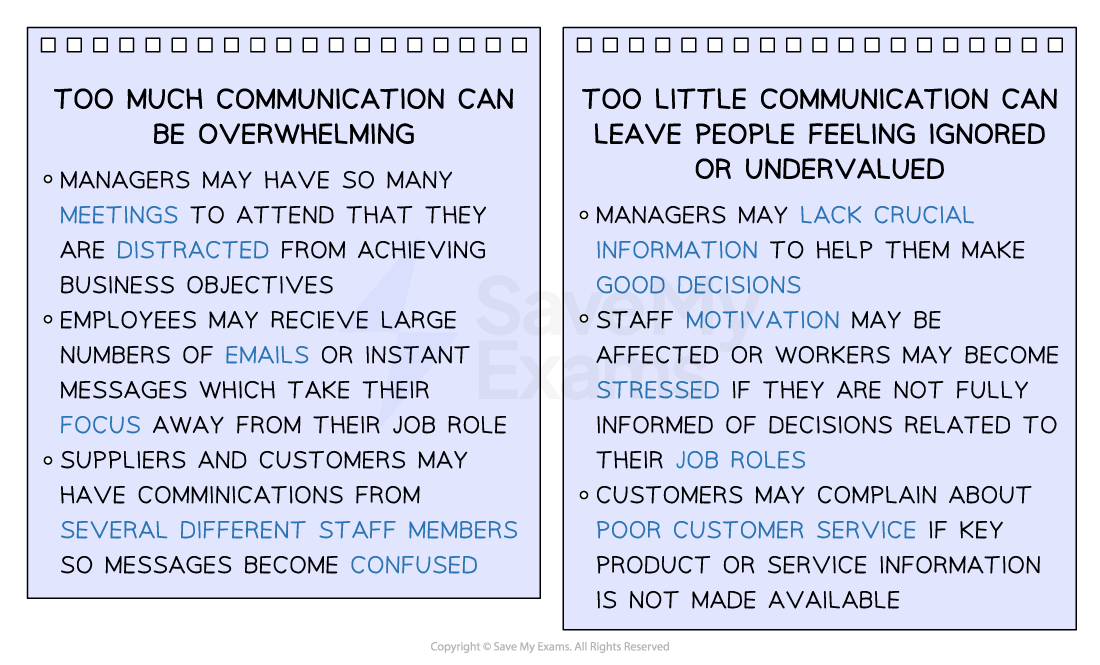Organisational Structures (Edexcel GCSE Business): Revision Note
Exam code: 1BS0
Understanding organisational structure terminology
An organisational structure outlines the reporting relationships, roles, and responsibilities of employees in the organisation
Businesses must determine what the best structure is for them so as to effectively implement their ideas and achieve their objectives
They should consider how the structure may affect the management and effectiveness of operations and communications
A well-designed organisational structure helps to promote clarity, efficiency, and accountability
Terminology used in organisational design
Term | Definition | Explanation |
|---|---|---|
Hierarchy |
|
|
Chain of command |
|
|
Span of control |
|
|
Centralised structure |
|
|
Decentralised structure |
|
|
Different types of organisational structure
Businesses typically structure their organisation in one of two ways
Hierarchical (tall) organisational structures
Flat organisational structures
Different structures and their impact on business efficiency and motivation
Tall structure | Flat structure |
|---|---|
|
|
 |  |
Advantages | Advantages |
|
|
Disadvantages | Disadvantages |
|
|
The importance of effective communication
Effective communication between a business and its stakeholders is vital
It helps managers and employees to minimise mistakes
It supports everyone involved in a business to understand their role and what is expected of them
It ensures that the businesses values and objectives are clear
It provides customers with the information they need to understand goods and services
Managers should make sure that communication is controlled and organised to ensure that a suitable level of communication exists between key stakeholders
Effective communications need to be
accurate
clear and easily understood
complete
appropriate for the intended audience
via the right medium
provide a chance for feedback
Over- and under-communication

Barriers to effective communication
Communication may not be effective for a range of reasons
Written communication can be affected by poor spelling and grammar, illegible handwriting or unclear presentation
Verbal communication can be affected by language difficulties, the speed of speaking, or strong accents
The use of jargon can also be a barrier
Jargon refers to technical language or acronyms that may not be understood by a non-expert
Different ways of working
Technological developments and flexible working arrangements mean that businesses now have several options for organising the way workers are employed
Ways of working

Full-time employees usually work for more than 35 hours per week whilst part-time employees work fewer hours but are entitled to the same benefits such as paid holidays
Flexible employees may be full-time or part-time and have some choice over when they complete their hours of work
Shift working involves working set hours outside of the normal nine-to-five pattern and usually on a rotation basis
E.g. working during the night for one week followed by a week of working during daytime hours, with time off between the types of shift
A permanent contract means that a worker is employed until such a point that they want to leave or they are made redundant whereas temporary contracts last for a specified period of time (e.g. seasonal retail staff may be employed for the months leading up to Christmas)
Fixed term contracts guarantee a certain amount of hours of work for workers for a specific period of time
Zero hours contracts do not guarantee hours of work to employees but workers are expected to be available should they be needed
A freelance worker is a self-employed contractor who works for a variety of businesses on a job-by-job basis
The impact of technology on ways of working
Advances in technology have made remote working a popular option for many businesses
Employees can work from home and enjoy greater flexibility and a better work-life balance
Benefits of remote working for businesses and employees
Benefits for businesses | Benefits for employees |
|---|---|
|
|
Technology has meant that communication with all stakeholders can take place quickly and be very cost effective
Email and messaging software allows messages to be sent and received instantly at little cost
Online meeting software such as Skype or Zoom allows for face-to-face communication without the need for travel
Processes such as recruitment can be speeded up as documents can be transferred and signed electronically
Mobile devices such as laptops and tablets can be used anywhere allowing employees to remain productive outside of their normal workplace

Unlock more, it's free!
Did this page help you?